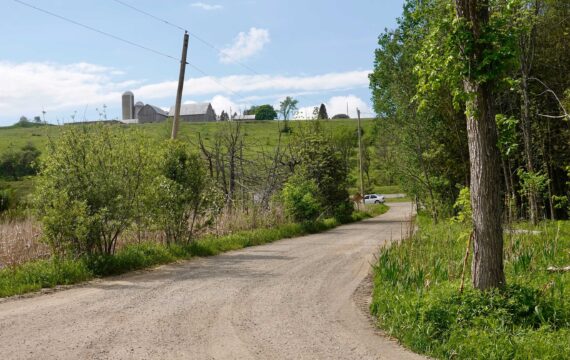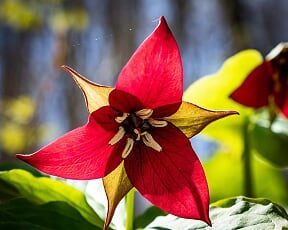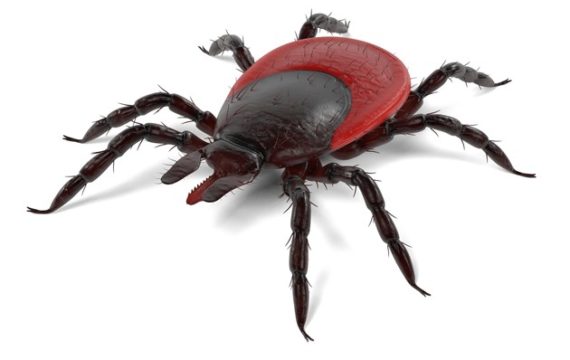
Georgian Paving Makes Parking at Copeland Forest a Smoother Experience

Spring Brings Wildflowers

Ticks and Lyme Disease
Download the Trails Map
Download a map of all the major trails in the Copeland Forest.
Copeland Forest Friends
The Copeland Forest is a 4,400 acre Resource Management Area in Simcoe County, Ontario, Canada, owned by the Ministry of Natural Resources and Forests. The size, beauty, and unfettered use of the forest by a wide variety of recreational users inspired an initiative to conserve the natural integrity of the forest and facilitate compatible recreational use.
In October 2015 the Copeland Forest Friends Association formed a Non-Profit Corporation, signed a Memorandum of Understanding with the MNRF, and began offering memberships. The organization has been structured to ensure that all of the major recreational user groups are represented equally. There are many ways to join us including becoming a member, volunteering, making a donation, and signing up for our newsletter. We look forward to seeing you in the forest!
[wpedon id=5278]
Copleland Friends on Facebook
AGM Documents – Copeland Forest Friends
www.copelandfriends.ca

